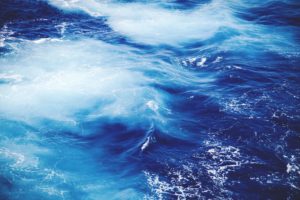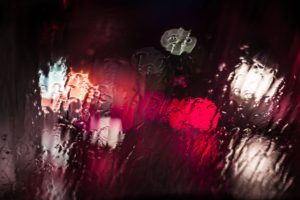< All Topics ………. First Topic >
Welcome to Chemistry
It’s about matter and its properties.
This web site provides free-to-use chemistry curriculum for high school teachers, students, and parent-guardians. Chemistry is a branch of physical science that studies the composition, structure, properties and change of matter.
Chemistry includes topics such as the properties of individual atoms, how atoms form chemical bonds to create chemical compounds, the interactions of substances through intermolecular forces and the interactions between substances through chemical reactions to form different substances.
Chemistry is sometimes called the central science because it bridges other natural sciences, including physics, geology and biology.
Principles of Modern Chemistry
Traditional chemistry starts with the study of atoms, molecules, substances, metals, crystals and other aggregates of matter. This matter can be studied as solid, liquid, or gas.
You already know the expression H2O. This and other interactions are studied in chemistry. They are the result of interactions between atoms. In our example, two hydrogen atoms bond with one oxygen atom to form water.
Cool Stuff – That Atom!
The atom is the basic unit of chemistry. It consists of a dense core called the atomic nucleus surrounded by a space called the electron cloud. The nucleus is made up of positively charged protons and uncharged neutrons (together called nucleons), while the electron cloud consists of negatively charged electrons which orbit the nucleus. In a neutral atom, the negatively charged electrons balance out the positive charge of the protons.
BUT GET THIS … The nucleus is dense; the mass of a nucleon is approximately 1,836 times that of an electron, yet the radius of an atom is about 10,000 times that of its nucleus.
Say what? That just don’t seem fair now does it ???
Take a Guess
Okay. Take a look at this photo with some boats parked on the shoreline. So here are some questions for you … bet you haven’t really thought about this before (well maybe you have … but maybe not) …
Q. Why is the color of the water different in the shallow area compared to the deep area? How does that happen?
Q. But also, how are the boats different colors? Is there something different about the chemical composition of the boat material in the yellow boats compared to the blue ones? If not, then how can they be different colors? And if so … then are the boats actually different material?
Let’s Get Real for a Moment
Chemistry is not particularly easy. Sorry … but it’s not. Well, it’s not an easy subject for many.
The good news is that it’s also much easier to understand today than it was just a few decades ago. And even better news … thousands of plain-old-ordinary regular students have successfully completed chemistry classes in the past. In fact, most chemistry students do pretty well. It just takes some work.
Said another way, you can’t just “coast” through chemistry. There are dozens of complicated vocabulary words. There are also several important – and sort-of-weird – concepts that don’t immediately make sense. You won’t really be able to cram for an exam. There are too many complicated and semi-weird concepts and facts which are nearly impossible to understand if you wait until the last minute.
Thank you – and I’m Proud of You
Mostly, I’m excited for you and your classmates. Chemistry is super interesting once you get past some of the basics. Some of the time, you’ll be reading complicated text on your own. Other times you will be working on a small team, learning as a group. All of the time, you’ll be moving forward and discovering how smart you can really be!!
For that, I’m truly already proud of you. So …
Welcome to Chemistry!
Mr. Honeycutt
Related Links and Resources
- Explore Oklahoma Chemistry Standards.



